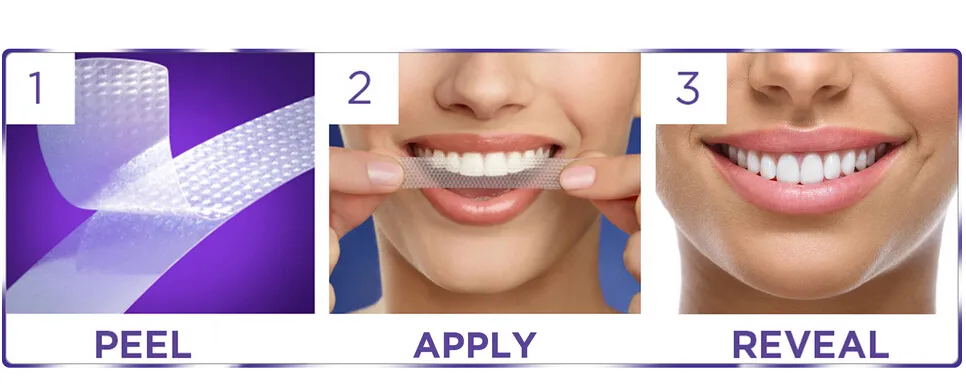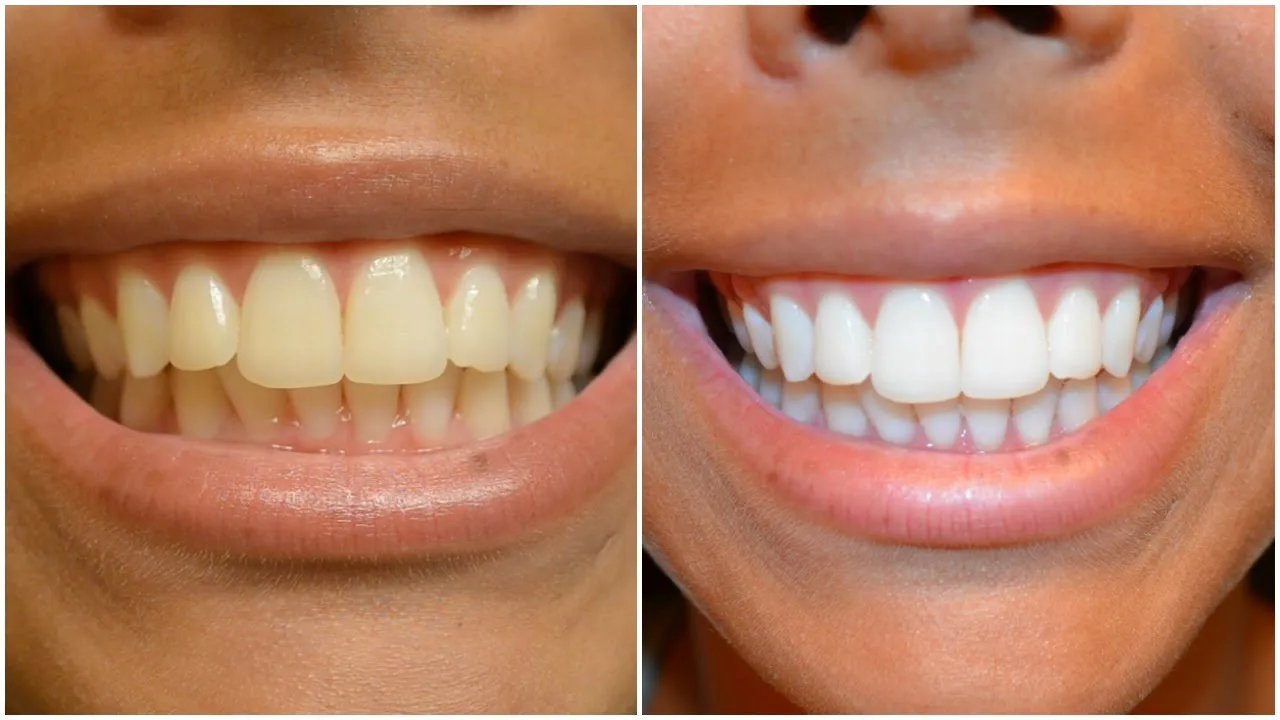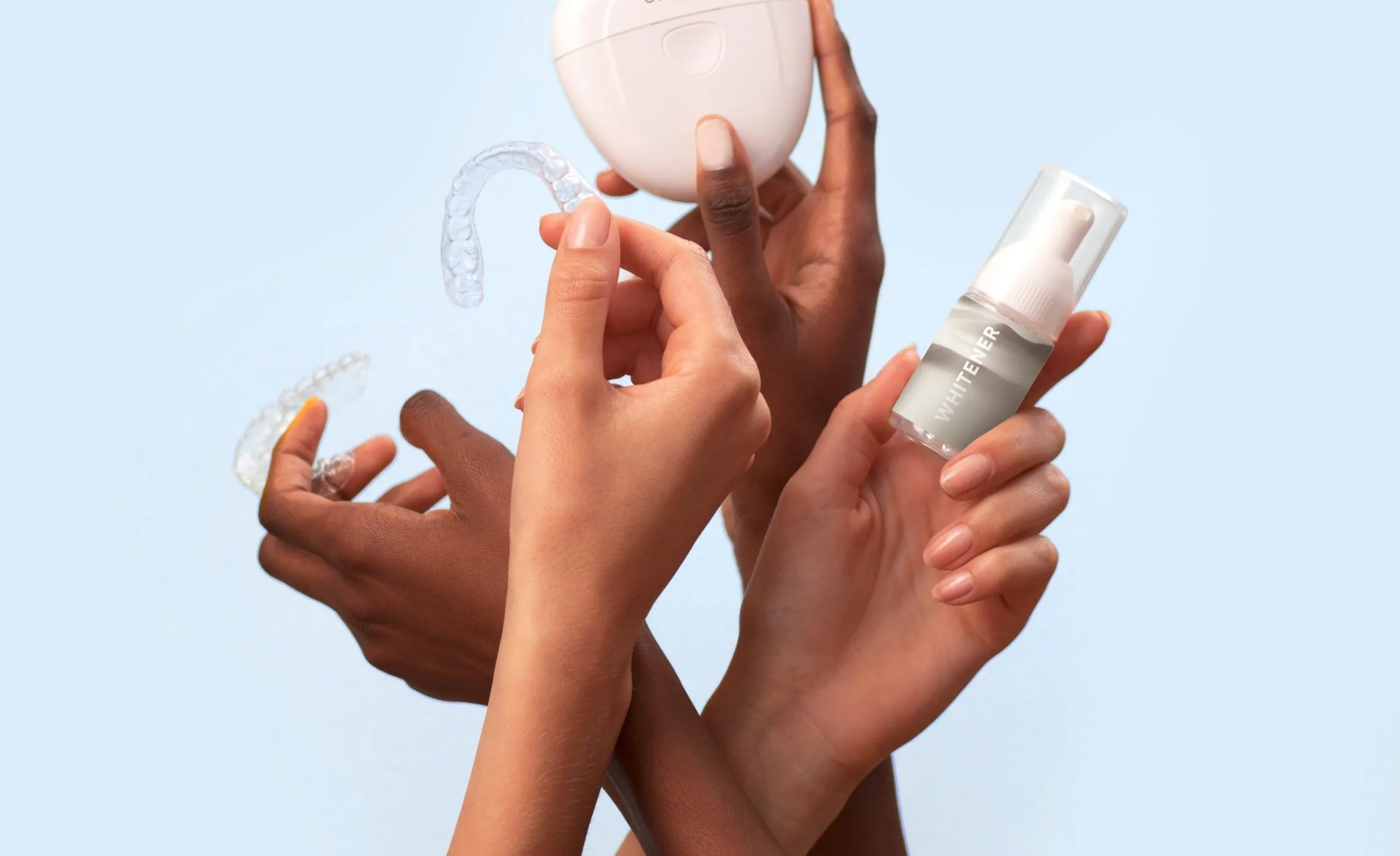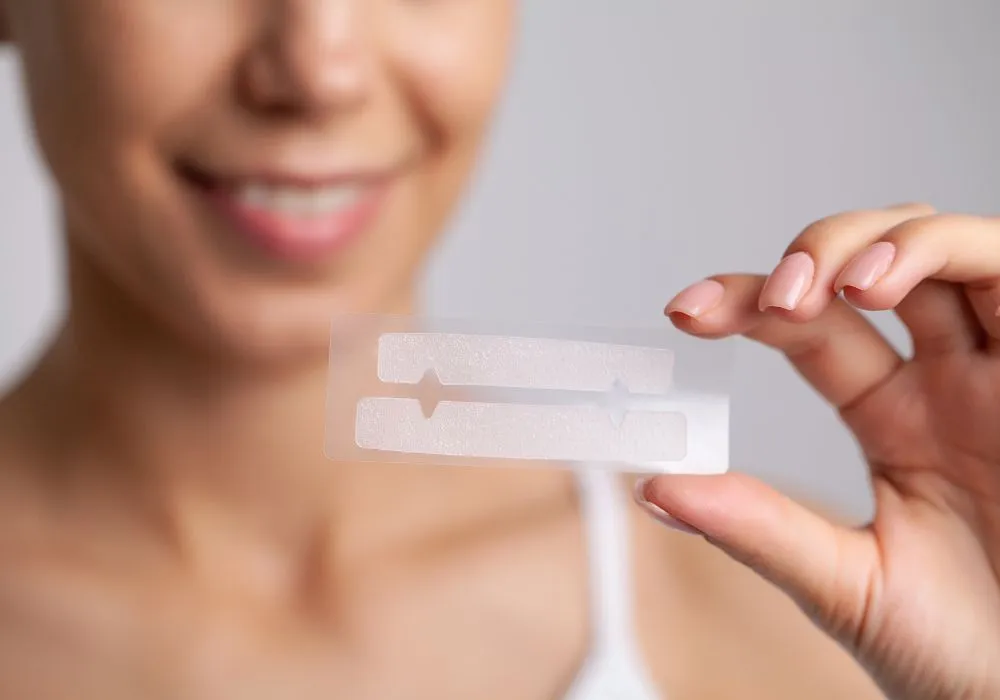Understanding Whitening Strips Usage
Whitening strips have become a popular and convenient method for achieving a brighter smile. These thin, flexible strips are coated with a bleaching agent, typically hydrogen peroxide or a similar compound, designed to lift stains and discoloration from the teeth. However, understanding how often you can safely and effectively use these strips is crucial for maintaining good oral health. Overuse can lead to tooth sensitivity, gum irritation, and even damage to the enamel. This guide explores the different types of whitening strips, frequency guidelines, factors to consider, and best practices for maximizing results while minimizing risks.
Types of Whitening Strips
The effectiveness and usage of whitening strips often depend on the type of active ingredient they contain. Knowing the differences between these types can help you choose the right product and understand how to use it safely. The concentration of the active ingredient will also influence how often you can use the strips. Always read the label instructions for the specific product you are using, as these guidelines can vary. Several factors affect the frequency of usage, including the type of strips, the concentration of the active ingredient, and individual oral health conditions.
Hydrogen Peroxide Strips

Hydrogen peroxide is the most common active ingredient in whitening strips. It works by breaking down stains on the tooth surface. These strips are generally more effective at whitening teeth but may also cause more sensitivity. The concentration of hydrogen peroxide can vary, with higher concentrations often leading to faster results but also increasing the risk of side effects. It is crucial to follow the product’s instructions regarding usage frequency, which often involve a treatment course of several days or weeks, followed by a period of no use. Always consult with a dental professional before starting any teeth whitening treatment with high concentration strips.
Non-Peroxide Strips
Non-peroxide whitening strips often use ingredients like sodium chlorite or other bleaching agents. These strips tend to be gentler on the teeth and may be a better option for individuals with sensitive teeth. They usually require more frequent applications over a longer period to achieve the same level of whitening as hydrogen peroxide strips. The frequency of use for non-peroxide strips might be higher than for those containing hydrogen peroxide, but it is important to adhere to the product’s instructions to avoid irritation. Because they are gentler, they are usually used more frequently throughout the year compared to those containing hydrogen peroxide.
Frequency Guidelines
The frequency with which you can use whitening strips depends heavily on the product and your individual oral health. Most whitening strip products come with specific instructions about the number of treatments and how often to use them within a year. It’s essential to adhere to these guidelines to avoid potential side effects such as tooth sensitivity and gum irritation. Using them more often than recommended can damage the enamel. The best approach is to start slowly, assessing your teeth’s reaction, and consult with a dentist to create a whitening plan that suits your needs.
Factors Influencing Whitening Strips Usage

Several factors can influence how often you can safely use whitening strips. These include your current oral health condition, the sensitivity of your teeth, any habits that contribute to tooth staining, and the type of whitening strips used. These factors help determine the frequency and duration of your whitening treatments. Always discuss with your dentist before beginning any whitening regimen to identify possible contraindications or if you have any underlying dental issues.
Tooth Sensitivity
Tooth sensitivity is one of the most common side effects of using whitening strips. If you experience increased sensitivity to hot or cold temperatures, it’s a sign that you may be using the strips too frequently or for too long. For those with sensitive teeth, consider using strips with a lower concentration of the active ingredient or shorter application times. Some products also include desensitizing agents to mitigate this issue. If sensitivity persists, discontinue use and consult your dentist. They can recommend products or methods to manage the sensitivity, or they may suggest you reduce the frequency of use.
Enamel Health
The condition of your tooth enamel plays a crucial role in the safe use of whitening strips. If your enamel is thin, weakened, or damaged, it can increase the risk of sensitivity and potential damage from the bleaching agents. People with enamel erosion or other pre-existing conditions should consult their dentist before using whitening strips. Your dentist may recommend alternative methods, such as professional whitening treatments, or suggest a different type of product that is gentler on the enamel. Prioritizing enamel health helps ensure effective and safe teeth whitening.
Staining Habits

Your lifestyle and dietary habits greatly influence how frequently you may need to use whitening strips. If you regularly consume foods and drinks that stain teeth, like coffee, tea, red wine, and certain dark-colored foods, your teeth may be more prone to discoloration. Smokers often experience more staining and may need to whiten their teeth more frequently. However, they also run a higher risk of sensitivity issues. Therefore, it’s essential to balance the frequency of whitening treatments with your habits to ensure that you do not overuse the strips. Consider reducing your consumption of staining substances or adopting better oral hygiene practices.
Professional Dental Advice
Consulting a dental professional is always a good idea before starting any teeth-whitening regimen. A dentist can assess your oral health, determine the underlying cause of any discoloration, and recommend the most appropriate and safe whitening method for you. This advice is tailored to your specific needs. They can also identify any pre-existing conditions, such as cavities or gum disease, that might make whitening unsuitable. Professional guidance ensures that the process is both safe and effective, minimizing the risk of adverse effects.
Consulting Your Dentist
Before using any whitening strips, schedule an appointment with your dentist. They will conduct a thorough examination of your teeth and gums. This examination helps identify any potential problems that could be worsened by whitening treatments. Your dentist will also discuss your goals and expectations for teeth whitening and recommend a treatment plan that meets your needs. They can also advise on the specific frequency and duration of whitening sessions. The dentist can also monitor your progress, preventing potential problems.
Following Product Instructions

It is critical to follow the instructions provided with your whitening strips. These instructions specify the correct application method, duration of use, and frequency. Using the strips differently from the instructions can lead to sensitivity or damage. Never exceed the recommended frequency or leave the strips on for longer than advised. Always read and understand the product information before starting and consult with your dentist if you have any questions or concerns. Following these instructions helps to maximize the whitening results while minimizing the risk of side effects.
Maximizing Results and Minimizing Risks
To get the best results from your whitening strips, while minimizing the risks, proper application and post-whitening care are crucial. It is equally important to maintain good oral hygiene and avoid habits that can cause staining. By taking these steps, you can achieve a brighter smile without compromising your oral health. The duration and frequency of whitening strip use greatly influence the outcome and its overall safety. It is essential to follow the guidelines and advice from your dentist to achieve the desired results.
Proper Application Techniques
Correct application is essential for the effectiveness and safety of whitening strips. Always start with clean teeth; brush and floss before applying the strips to remove any debris or plaque. Place the strips carefully, ensuring they cover the surface of your teeth and avoid touching your gums as much as possible to prevent irritation. Follow the product instructions to the letter regarding the application duration. Be patient, as the process takes time to deliver noticeable results. Incorrect application can lead to uneven whitening and potential side effects.
Post-Whitening Care

After using whitening strips, there are a few important steps you can take to care for your teeth. Rinse your mouth with water to remove any residue, and avoid eating or drinking anything except water for at least an hour after applying the strips. Avoid brushing your teeth immediately after treatment, as your enamel may be temporarily more sensitive. Proper post-whitening care helps to protect your newly whitened teeth and prolong the results. Following this will help maintain the brilliance of your smile. You can also use toothpaste formulated for sensitive teeth, which may help with any temporary discomfort.
Avoiding Staining Foods and Drinks
To maintain the results of your whitening treatment, it’s important to avoid or reduce the consumption of foods and drinks that can stain your teeth. This includes coffee, tea, red wine, dark-colored sodas, and highly pigmented fruits and vegetables like berries. If you consume these items, rinse your mouth with water immediately afterward to minimize their effect. Drinking through a straw can also reduce contact with your teeth. By being mindful of your diet, you can extend the longevity of your bright smile. Regular consumption of staining substances means that whitening treatments will be needed more often.
Maintaining Results
Maintaining your newly whitened smile involves a combination of good oral hygiene practices and regular dental check-ups. Brushing twice a day with a whitening toothpaste can help to remove surface stains and keep your teeth bright. Flossing daily removes plaque and food particles, preventing further staining. Regular dental visits will help ensure your teeth remain healthy and clean. Implementing good oral hygiene practices is key to long-term results. They will also ensure that whitening treatments can be used less often, maintaining good health and reducing potential side effects.
Regular Dental Check-ups

Regular check-ups with your dentist are essential for maintaining your oral health and the brightness of your smile. During these visits, your dentist can assess the effectiveness of your whitening treatments, provide professional cleanings, and identify any potential problems. These examinations will help in the early detection of issues that require further care. It also allows you to discuss your whitening regimen and make any necessary adjustments. Regular dental check-ups help ensure that your teeth remain healthy and your smile bright.
In conclusion, the frequency with which you can use whitening strips depends on various factors, including the type of strips, your oral health, and your lifestyle. Always follow the product instructions and consult your dentist for personalized advice. By understanding these guidelines and practicing good oral hygiene, you can safely achieve and maintain a brighter, healthier smile. Remember to prioritize your dental health to get the best results and minimize the risk of any potential side effects.
